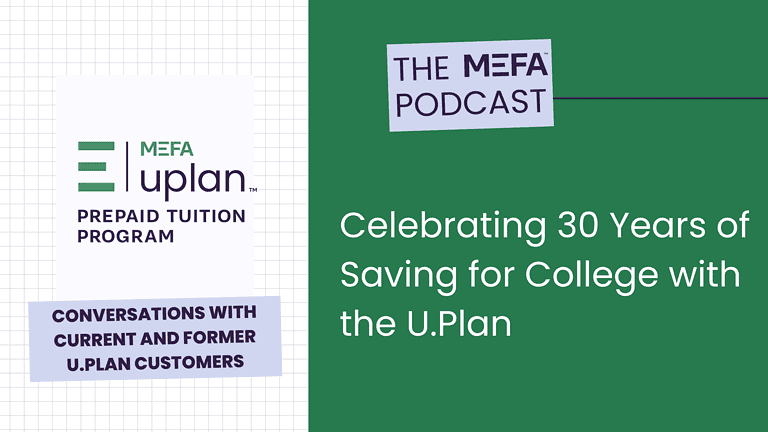Resource Center
Filters
Planning





Planning
College Admissions & MEFA Pathway
Live webinar

Planning
Helping Students and Parents Approach the College Choice Process Systematically
Live webinar


Saving



Saving
Navigating the U.Plan System for College Administrators
Live webinar





Paying


Paying
Understanding MA State Financial Aid






Join an Upcoming Webinar
Click into each webinar to read more details about the presentation and to register.
-

-
 Paying October 15, 2025 8:30am – 9:30am
Paying October 15, 2025 8:30am – 9:30amSupporting Students and Families with Unique Immigration Statuses in the Postsecondary Planning Process
-
 Paying October 16, 2025 6:30pm – 7:30pm
Paying October 16, 2025 6:30pm – 7:30pmFinancial Aid 101 in Spanish (Ayuda Económica para la Universidad 101) 2025
-

Contact Us
Email Us
Give Us a Call
Meet with Us Virtually


